Spring and summer may seem far away in January and February. However, home gardening requires careful forethought.
There is a surprising amount of planning that can be done for the upcoming year, even before the first signs of spring have appeared.
Even at this early time of year, you can plant seeds. Here are 15 seeds to plant before spring arrives. All of these edible vegetables can be planted before the last frost in a variety of temperate climate zones.
Tomato Seeds
Tomatoes are a summer crop. As a result, you may be surprised to learn that you can begin them well before the warm weather arrives.
Sowing tomato seeds indoors in January or February can help ensure a viable crop by the end of your short growing season.
Choose short season tomato varieties for the best results if you have a short growing season.
Tomatoes germinate best at temperatures ranging from 60 to 80 degrees Fahrenheit. (Although they can germinate at temperatures as low as 40 degrees Fahrenheit, they do not germinate as effectively.)
These temperatures are unlikely to be attained outside in winter, or in a domestic greenhouse or polytunnel. As a result, most gardeners will start tomatoes indoors, either in a heated space or with a heated propagator.
Grow lights will keep tomatoes and other plants that grow in warm climates from getting too tall if they are planted too early.

Sweet Pepper
Sweet peppers produce the most when grown in areas with a long growing season. When the growing season is longer, the warm-season fruits have more time to develop.
However, if you have a short growing season, you can still grow this crop.
Starting seeds indoors well before the last frost date in your area will increase your chances of success.
Sweet peppers, like tomatoes, require higher temperatures to germinate.
Peppers of all types germinate best at temperatures ranging from 65 to 95 degrees Fahrenheit. They will not germinate at temperatures below 60 degrees Fahrenheit.
Grow lights, as with tomatoes, can be beneficial.
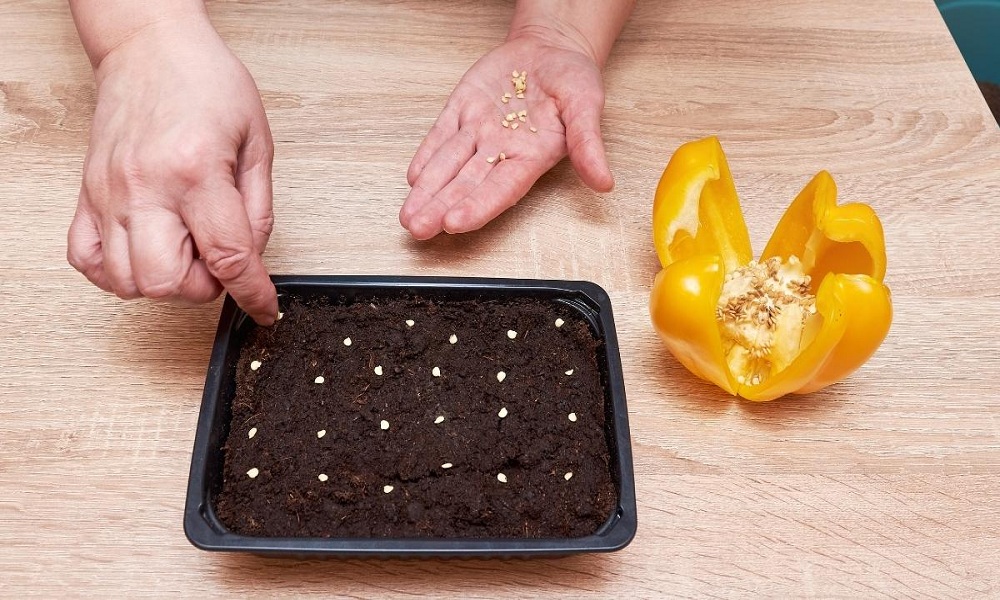
Chilli Pepper
Chilli peppers are another great addition to a home-grown menu if you like spicy food. Chilli peppers are yet another warm-weather crop.
In a short-season climate, these plants will also thrive if planted early indoors. Chilli peppers, like tomatoes and sweet peppers, can be started indoors while winter is still in full swing.
When sowing chilli pepper seeds, a heated propagator may be useful in order to achieve the temperatures required for germination.
Especially if your chosen indoor growing area cannot be consistently kept above 65 degrees Fahrenheit.
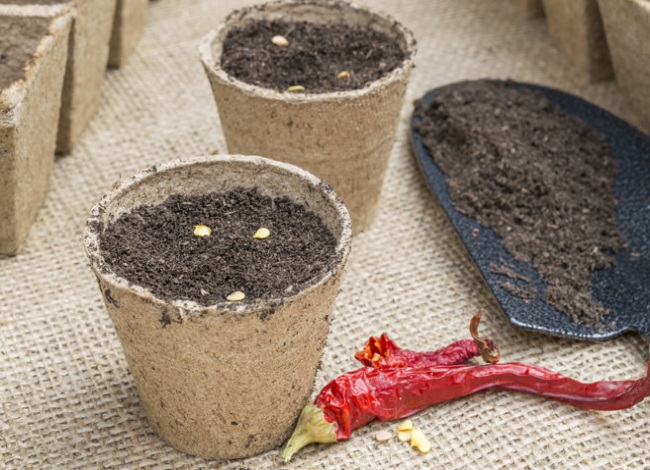
Eggplants for Indoors Crops
The eggplant is the last warm-weather crop that gardeners in cool climates might want to start indoors. Eggplants, which are in the same plant family as tomatoes and peppers, require a long, warm summer to mature.
After an indoor start, most US gardeners should be able to grow eggplants outdoors or in a polytunnel or greenhouse.
In the south, sowing can be done later, directly outdoors. However, growing these as an indoor crop is generally easier and more effective in cooler climates and in the north.
Germinate seeds early indoors, wherever they will eventually grow. Maintain temperatures above 70°F, preferably 75°F.
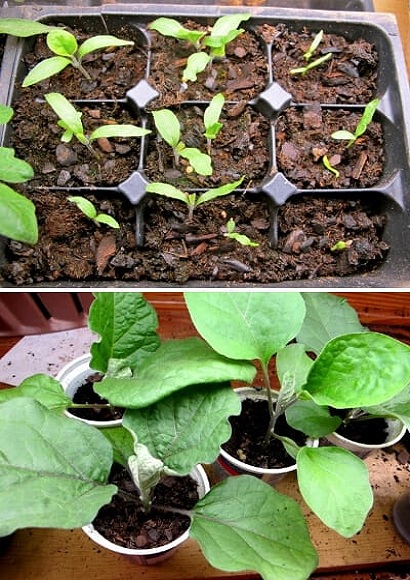
Peas
Peas are an excellent crop for beginning gardeners. There are many early pea seeds to plant before spring.
There are varieties for mange tout, sugar snap peas, and early peas for podding. You could also sow peas on a windowsill at any time of year for a quick crop of pea shoots.
Peas germinate best at temperatures ranging from 40 to 75 degrees Fahrenheit. As a result, you will have a little more freedom in where you sow them than with warmer climate crops.
Indoors, you can easily sow them on a windowsill. However, in many climates, you can also grow them in a covered growing area or under cloches.
Just keep an eye out for birds and rodents.
They may consume the seeds before they sprout, especially early in the season when there is less available wild food.

Fava Beans
Fava beans are a hardy crop that is also suitable for early planting. There are several varieties, including Aquadulce Claudia, that can overwinter in a variety of cooler climate zones.
These can also be planted early in these areas, as well as in cooler ones with some protection.
If you sow early, you will have beans much earlier in the season. You are not required to wait until spring.
The optimal temperature for fava bean germination is around 52 degrees Fahrenheit.
However, as long as you can provide suitable growing conditions, they will produce good results from around 45F.

Onion
If you plant onion seeds early in the year, you will be able to grow onions that are larger and better than those you have previously grown.
Large onion varieties such as ‘Bunton’s Showstopper’ and ‘Ailsa Craig’ should be sown indoors early in the year for large bulbs later in the season.
Early varieties of scallions for onion greens can also be planted under cloches or in a greenhouse or polytunnel long before the soil warms up properly in spring.
Try ‘Ichikura’ and ‘Summer Isle’ varieties, for example.
Onions can germinate at temperatures as low as 35 degrees Fahrenheit. However, germination rates will be higher if temperatures exceed 50 degrees Fahrenheit.
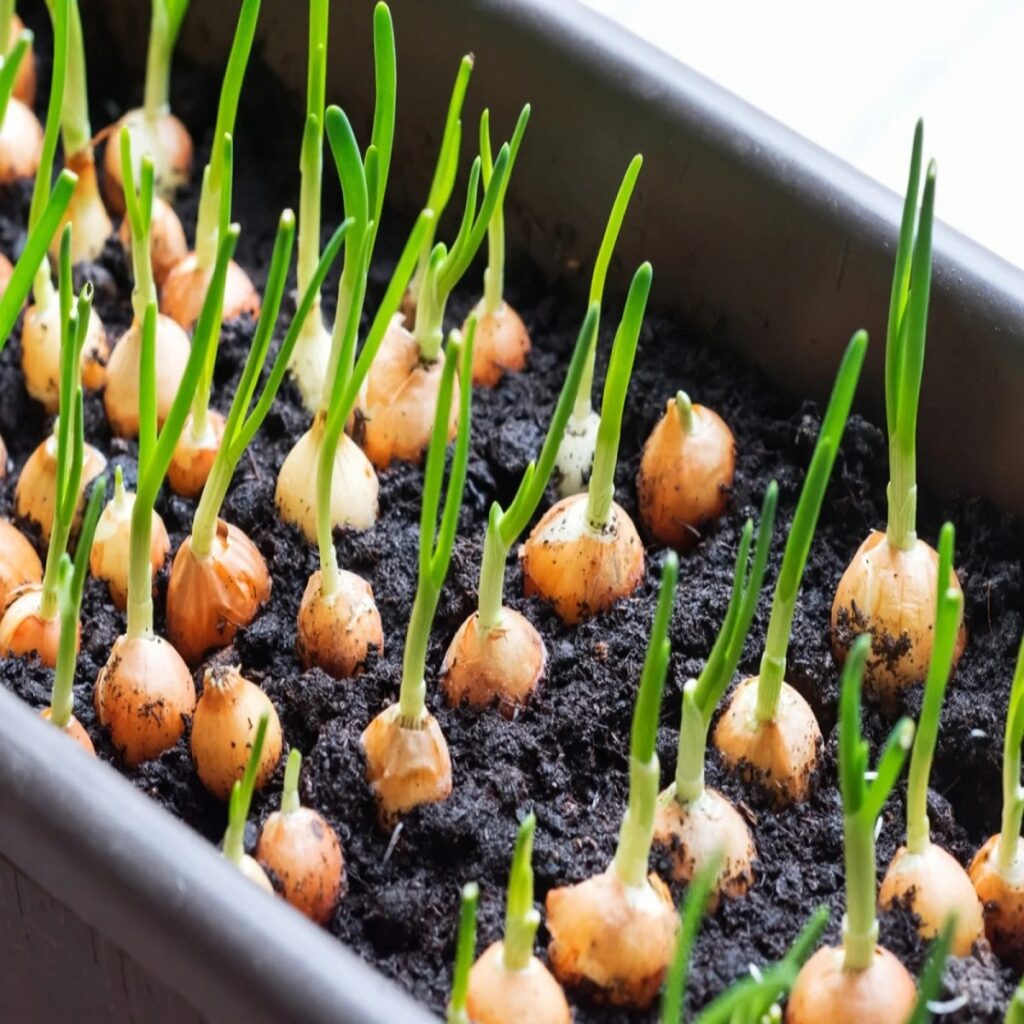
Leek
Another member of the allium family to consider planting early is leeks.
Because they require a long growing season, it is best to get them started as soon as possible. Plan ahead of time for fat, healthy leeks next winter.
Leeks can germinate at temperatures as low as 35 degrees Fahrenheit. However, consider starting them indoors to give them the best chance of success.
They will germinate best at temperatures ranging from 65F to 85F.

Celeriac
Celeriac is a hardy vegetable that grows slowly. Sowing this crop indoors or under cover early in the year, before spring arrives, is another option.
Start this crop early in the year, and you should have large bulbs for eating by the end of the year.
Maintain temperatures between 60F and 70F during germination. However, you can grow celeriac seedlings in much cooler conditions.

Celery
Celery is another excellent choice for early planting. Choose bolt-resistant celery varieties, such as ‘Lathom Self-Blanching,’ for early sowing indoors or under cover.
Celery seeds germinate at temperatures around 40 degrees Fahrenheit. However, the optimal temperature range for these seeds’ germination is between 60F and 70F.

Lettuce
Lettuce is one of the easiest plants to grow all year.
There are many cut-and-come-again varieties that can be grown inside on your windowsills or outside (especially with some protection) all year.
If you choose the right lettuce varieties, you can literally sow and grow this crop all year.
Lettuce seeds can germinate in temperatures as low as 35 degrees Fahrenheit and will produce good germination rates in temperatures ranging from 40 to 80 degrees Fahrenheit.

Spinach & Other Early Greens
Lettuce isn’t the only leafy green that can be planted early in the season.
Spinach and other early greens (such as a variety of Asian leafy green vegetables) can also be started early in the year if the proper growing conditions are met.
Spinach seed can germinate in temperatures as low as 35 degrees Fahrenheit. However, if you can keep the temperatures above 45 degrees Fahrenheit, germination rates will improve (and below 75F).

Brassica Seeds to Sow
Brassica plants, such as cabbage, kale, cauliflower, and others, are also excellent choices for early sowing. It’s not too early in February to start a variety of seeds that will be transplanted into your garden once the weather warms up.
However, if you are only growing microgreens indoors, brassica family plants can also be excellent choices.
You can sow and grow these on a sunny windowsill all year, including during the winter months.
Many brassicas will germinate in temperatures as low as 40 degrees Fahrenheit. However, most have an optimal temperature range of 45F to 85F.
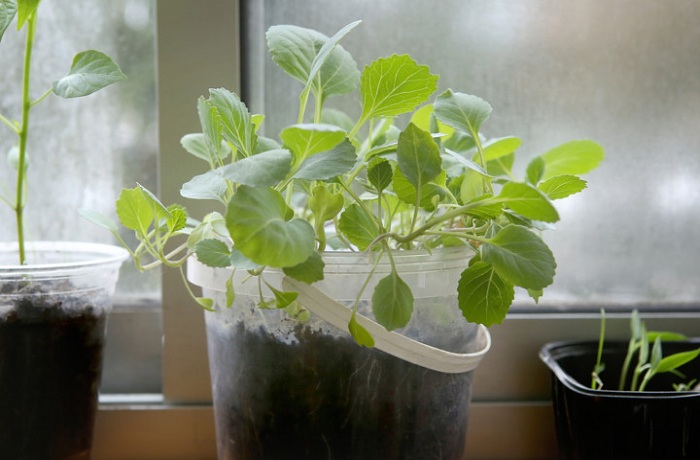
Early Carrots
In milder climates, February is an excellent time to sow early carrots outside under cloches or in a covered growing area. This is especially true if your soil is light and sandy, as it warms up quickly.
Choose carrot varieties suitable for early planting, such as ‘Early Nantes’.
Carrots can germinate from around 40F, but they may be slow. Temperatures between 45 and 85 degrees Fahrenheit are ideal for germination.
One advantage of planting carrots early is that you may be able to harvest a crop before carrot fly becomes a problem.
If carrot fly is a problem in your area, pairing it with alliums like onions or garlic can help.
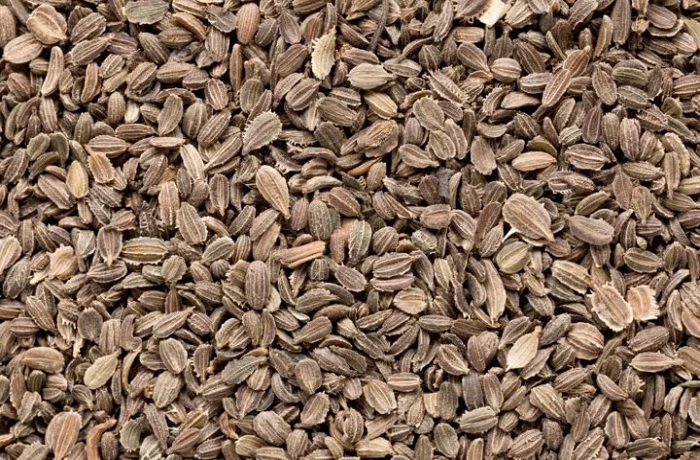
Beets & Other Root Crops
Finally, towards the end of winter, there are a variety of other root crops that you can sow to get a head start on spring. Beets, for example, can be sown under cover as early as February.
Other root crops, such as parsnips and radishes, are also suitable for sowing under cover in your garden before spring.
Beets germinate at temperatures ranging from 40F to 85F.
Parsnips will germinate at temperatures as low as 35 degrees Fahrenheit. However, it will perform best from 50F to around 70F. Radishes germinate at temperatures ranging from 40F to 90F.
Winter gardening yields numerous benefits later in the year. So, if you want to make the most of the growing season, get out there early.


